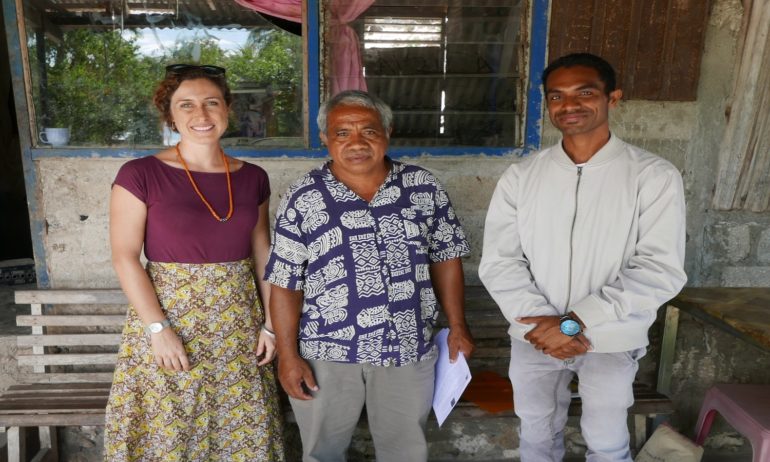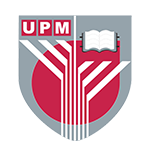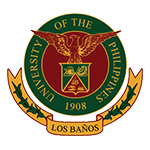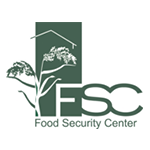
Gianna Bonis-Profumo is passionate about food and nutrition security issues, particularly those affecting women and Indigenous populations in different cultural settings. Bonis-Profumo’s work in sustainable agriculture projects inspired her Food and Nutrition Hub research project proposal, which won the Barilla Center for Food & Nutrition (BCFN) Yes! Competition in 2014. After spending several years working in Australian Aboriginal communities, including with the Australian Red Cross, Bonis-Profumo’s research is currently focused on gender-based sustainable agriculture projects in Timor-Leste.
Investigating the connections between women’s empowerment, sustainable agricultural practices, and household nutrition outcomes, Bonis-Profumo’s work is adding to a growing body of research suggesting that gender equality is a key ingredient to greater agricultural and dietary diversity.
Food Tank had the opportunity to talk with Bonis-Profumo about her research in Northern Australia and Timor-Leste and the links between women’s empowerment, sustainable agricultural practices, and household food security.
Food Tank (FT): Congratulations on winning the BCFN Yes! Competition in 2014! Could you tell us about the Food and Nutrition Hub project and how it promotes sustainable agricultural practices?
Gianna Bonis-Profumo (GBP): The Food Nutrition Hub aimed to link three different areas among rural farming communities in Southeast Asia: sustainable agriculture practices growing nutrient-dense crops, nutrition education, and empowering women who are mediators between those two areas of production and nutrition. Sustainable agriculture practices included using chicken tractors and combining manuring of chickens with egg production, composting, and using leftovers to feed black soldier flies, a source of protein-rich food for the chickens, among others. I wanted to implement the project in Timor-Leste, which is largely an agrarian society that has gone through conflict, yet has been stable for the last 10 years, so I moved to Timor-Leste to try and implement the idea after winning the BCFN Yes! Prize.
Along the way, I looked into collaborating with some NGOs to implement part of the program and also to link the project to research. A month after moving to Timor-Leste, I was successful in securing a scholarship for PhD research, and so I searched for local projects that were similar to my original Food Nutrition Hub idea to begin conducting research and gathering data to assess the effectiveness of this integrated and holistic approach. I have two research partners. The first is an international NGO called Catholic Relief Services (CRS), who lead a project with more than 3,500 households across two districts in Timor-Leste. The project supports nutrition-sensitive agriculture and provides nutrition education in impoverished subsistence agriculture areas. The other research partner is the Ministry of Agriculture of the Government of Timor-Leste, who is implementing a chicken vaccination campaign for Newcastle Disease, which reduces flock mortality in village-raised chickens. So I am doing research in villages where both of those projects are occurring simultaneously.
FT: How did your time working Aboriginal communities with the Australian Red Cross shape your understanding of food security amongst indigenous populations?
GBP: For me, working with Aboriginal communities in Northern Australia was an absolute privilege. I grew up in Barcelona, and after coming to Australia and spending time with the oldest living culture on Earth, I was absolutely marveled by the possibility of being able to collaborate, share knowledge, work with, and support these communities, it was an incredible opportunity. In terms of food security, Indigenous Australian populations—and I think this is quite general for indigenous people across the world—have a very intricate and sophisticated understanding of natural systems, weather patterns, and the way that local ecosystems work, and their food systems are really informed by these natural processes. However, and particularly in the area where I was working, the impact of very rapid colonization has resulted in a radical change in the manner that Aboriginal communities live, which also includes their food systems.
I was working in Arnhem Land close to Darwin in Australia’s Northern Territory, and that part was settled not even a hundred years ago. So there has been a rapid transition from hunter-gatherer, semi-nomadic livelihoods to a more modernized lifestyle where planes, mobile phones, and processed foods are readily available. In terms of the food system, there has been what’s called a ‘dietary transition,’ which is where dietary consumption and energy expenditure shift along with economic, demographic, and other changes. This results in processed and unhealthy foods replacing traditional nutritious diets as countries become more industrialized, and that has occurred in a very short period of time among the Aboriginal Australian communities that I was working with—with drastic results.
This transition can have very devastating consequences on health and nutrition: the prevalence of non-communicable diseases among the Indigenous Australian population is dramatically higher than the non-Aboriginal population, and I believe this is partly due to the changes in their living environment and their way to access food, which has transformed how people eat. But at the same time, I have learned that the Aboriginal population is extremely resilient in the sense that they know their environment, and they know how to access food in that particular ecosystem, whereas I would have no idea where to look for food in the middle of the bush! I think it’s naive to suggest that people can return to hunting and gathering, but we need to find ways to reinvigorate traditional food systems and the highly nutritious traditional bush foods. For example, the Kakadu Plum, also known as Gubinge (Terminalia ferdinandiana) that grows in the tropical woodlands of Northern Australia, has extremely high levels of Vitamin C, with some research suggesting it has the highest concentration of Vitamin C of any food in the world.
FT: What inspired you to take your work to Southeast Asia?
GBP: I was always fascinated by Asian culture and traditions as I grew up in Europe. Later in life, I learned that Asia is a continent where the majority of the population are involved in agriculture, but at the same time, the continent faces a very high prevalence of malnutrition and poverty. I was shocked to learn that rural farming households constitute around half of the people who suffer from hunger and face high levels of malnutrition and food insecurity worldwide. So after my time in Australia, I was very interested in working with farming communities and working directly with those who grow food for a living.
FT: Could you describe the interrelations between women’s empowerment and sustainable agriculture that you’ve come across during your time in Timor-Leste?
GBP: In Timor-Leste, women participate in many agricultural activities, and households are generally understood as a farming unit. The context here in Timor is complex, with more than 40 percent of the population under the poverty line, agriculture is at the subsistence level and not really integrated into value chains and commercial production, and the terrain is very mountainous and rugged, making communications and mobility difficult between communities. There’s lots of land erosion, the topsoil is generally quite shallow, it’s quite a harsh environment for agriculture, not like neighboring Bali with its fertile volcanic soil. Timor-Leste is also quite a patriarchal society. For instance, under customary law, women have no right access lands, which is a key productive resource that allows you to farm, access credit, and accumulate wealth. Even though Timor-Leste has made significant efforts at the policy or legislative level to reduce gender inequality, these policies haven’t been effectively implemented and articulated in local settings where farmers live. So there are many constraints that women face from a cultural perspective.
Timor-Leste has one of the highest rates of malnutrition among children in the world, and almost three-quarters of the population live in rural areas. A lot of NGOs working in Timor-Leste are trying to link nutrition-sensitive agriculture projects with generating sustainable livelihoods. This includes trying to integrate small farmers into the market, providing nutrition education, and ensuring that households don’t go without food during the wet, or ‘hungry,’ season by supporting their productive capacity in a sustainable way. It’s been really inspiring meeting and working with women’s farmer groups that are commercializing and selling agricultural products, and seeing their pride when they can support their household income while feeding nutritious food to their children.
FT: Why are gender equality issues important for sustainable food and agriculture?
GBP: Many women in Timor-Leste don’t necessarily recognize their work in agriculture as work in itself because it often doesn’t involve the formal economy. But in academia, there is a clear consensus that women are the key mediators in the pathways between agricultural inputs such as seeds and fertilizers, intra-household resource allocation, and child nutrition. It has been demonstrated worldwide, as well as suggested in Timor-Leste, that when women manage and control financial resources at the household level, there are substantial positive impacts on household health and nutrition. This is because women have been consistently found to be more prone to invest in their children’s health and wellbeing when compared to men. There is, therefore, a clear link between women’s level of empowerment and child nutrition outcomes.
For these reasons, my research will use an exciting tool called the Women’s Empowerment in Agriculture Index (WEAI), which measures the level of empowerment of both men and women of farming households in different domains related to agriculture. My hypothesis is that higher levels of women’s empowerment in agriculture result in better child and maternal dietary practices in Timor-Leste. If that is the case, my research would support the argument for nutrition-sensitive agriculture programs to incorporate explicit gender activities as a pathway to ensure higher household nutrition outcomes.









